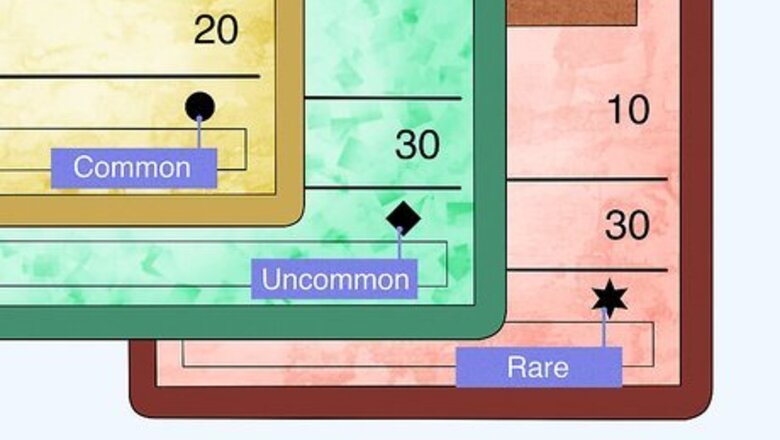
views
Identifying Valuable Pokémon Cards
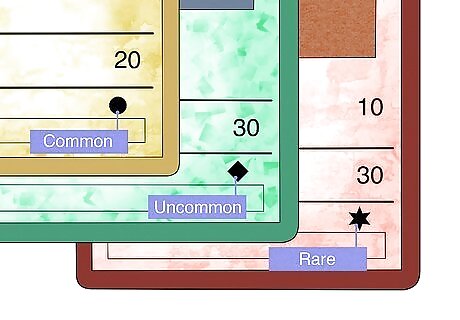
Check card rarity. Each Pokémon card has a rarity that determines how likely you are to open it in a booster pack. While this isn't the only thing that determines a card's a value, it's probably the biggest. Look in the bottom right corner of the card to find the rarity symbol, next to the card number: A circle means the card is common, while a diamond marks uncommon cards. These are easy to find, and not usually worth much unless the card was printed in 1999 or 2000. A star means the card is rare, while a star H or three stars are special, extra-rare cards. These rarities have the highest potential to be valuable, so separate them from the rest of your collection. Other symbols typically mean the card was sold as part of a special product, not a booster pack. Try looking up the card as a "Promo", "Deck Kit", or "Boxtopper" version to check the price. These can range in price from a few cents to over $100, depending on the product.
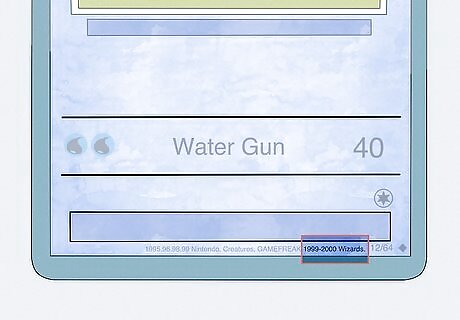
Investigate early cards closely. Cards printed soon after the game was released are especially valuable, and even commons and uncommons might be worth $5 each or more. Any card that says "Wizards of the Coast" at the bottom of the card is from 1999 or early 2000, and is worth investigating closely. If one or both of the following features are present, and the card is a rare, it could potentially sell for $100 or more: Look for a first edition stamp below and to the left of the card artwork. This looks like a "1" inside a black circle, with lines radiating out above it. If the art box has no "shadow" underneath it, it is referred to as "shadowless" by collectors.
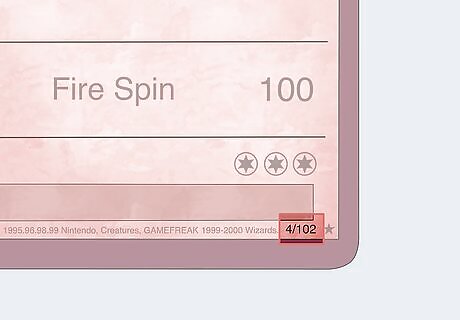
Check the collector number. Look at the collector number at the bottom right corner. This is another way to identify a card, and can also clue you in to some special, often valuable cards: Secret rares have a collector number higher than the total # of cards (supposedly) printed in that set, for instance "65/64" or "110/105." Secret rares can range anywhere from a couple of dollars to hundreds of dollars. If the collector number begins with "SH," the card is one type of "Shining Pokémon," with different art than the regular version. These are all also reverse holographic cards. If there is no collector number, the card is probably an early printing, although Japanese cards continued to not display the number for a while longer. Not all of these are worth anything, but it's worth checking.
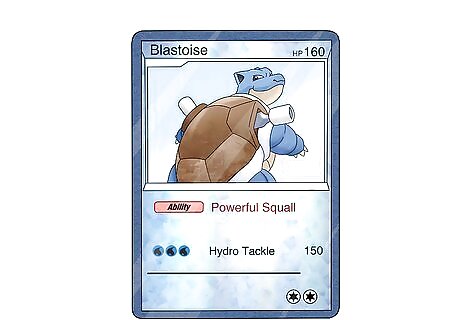
Look for holographic cards. "Holo" cards have a shiny, foil layer over the Pokémon artwork, while "Reverse Holo" cards are shiny everywhere around the artwork. This doesn't automatically make it valuable, but a rare holo (or reverse holo) is definitely worth setting aside. Some special cards have a holographic border around the whole card, but no other holographic portion. These are also potentially valuable, and can be identified more closely using the guidelines below.
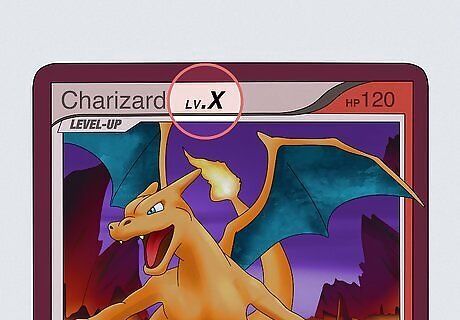
Check for extra symbols or words after the name. Pokemon that were released before HeartGold SoulSilver display the Pokémon level after the name in the top right, such as "Pikachu LV.12." Some Pokémon have a special symbol instead, and these tend to be worth anything from a few dollars to a few hundred dollars. Check for card names followed by ex, ☆, LV.X, LEGEND, or BREAK. Other extra-rare cards called "SP" for "Special Pokémon" have names followed by a stylized G, GL, 4, C, FB, or M. This last group is also easily identified by the "SP" logo at the bottom left corner of the artwork. These Pokémon with those following SP symbols are from Pokémon Platinum: Rising Rivals set. LEGEND Pokémon are printed across two cards, that need to be laid side by side to display the full art and mechanics.
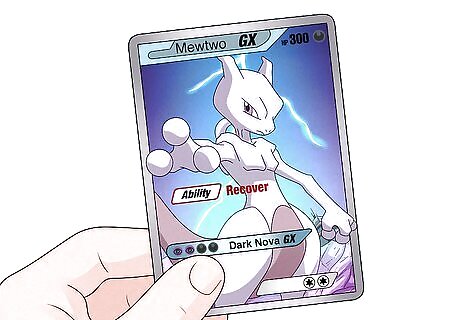
Look for other signs of value. Pokémon has released many special, extra-rare, and promotional cards over the years. Most of these are identified by one of the features above, but a few cards are unusual, and sometimes valuable, for other reasons: Full art cards have a picture that extends over the entire card, with the text printed on top of it. These are referred to as "FA" cards by collectors. World Championship cards have a different back than regular cards. These are not legal to play in tournaments, but some are worth $10 or more as collector's items.
Pricing or Selling Your Collection

Look up card prices using online card-selling websites. There are thousands of unique Pokémon trading cards, and prices change over time as people sell, buy, and speculate. Recently printed cards may drop in price once they are no longer legal in tournaments. Because of these factors, looking up a card actually for sale is more likely to give you an accurate number than a price guide, which may not be up to date. Try a Pokémon card-selling site or eBay, or search online for (your card name) + "selling". Remember to include any special features, using the terms described in the identification section. Most online listings show how much a company is selling cards for. Look for a "buylist" to see how much the company will pay to buy your cards. If selling to another player, the price you'll get will typically fall between these two numbers.

Ask Pokémon players or collectors. It's often difficult to find a price online, especially for extra-rare cards that do not trade hands often. Search for a Pokémon trading card game forum online, and post a picture or description of your card for advice. You could also look for a hobby or gaming store in your area. Be wary of scams. Get a second opinion on your cards' value before selling them to a stranger.
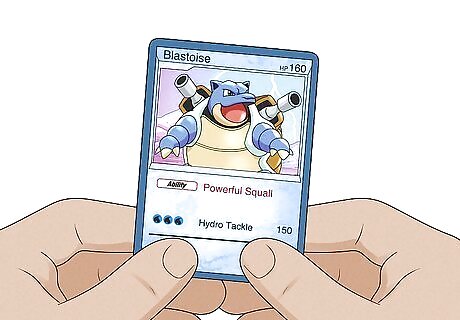
Note the card's condition. If a card has no visible marks on either side, except perhaps small white marks at the edges, it is considered Mint or Near Mint, and will sell for full price. Different companies have different condition guidelines for damaged cards, but typically a card will be worth significantly less if it is whitened, scratched, or stamped. Many people will not buy cards that are written on, water damaged, modified or torn.
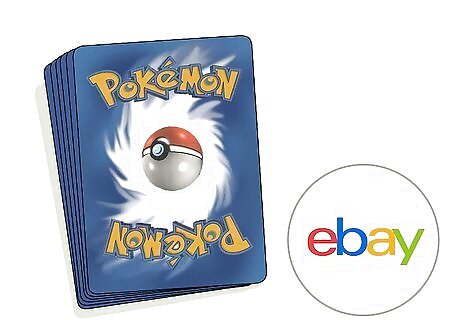
Sell low-value cards in bulk. Any card that does not have one of the defining features in the identification section is unlikely to be worth more than a few cents. As you probably discovered if you looked up your individual rares, many of those are worth less than a dollar. The same online stores that sell individual Pokémon cards often buy bulk orders as well, and this is probably your best bet at making some money off these cards.












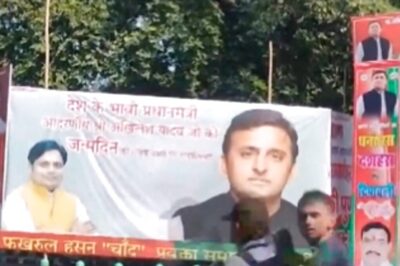
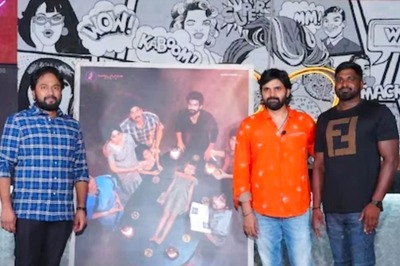
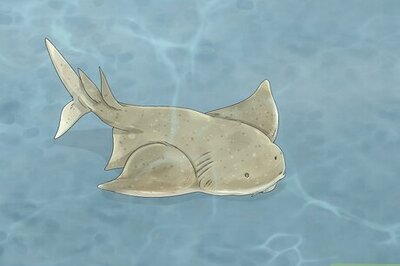
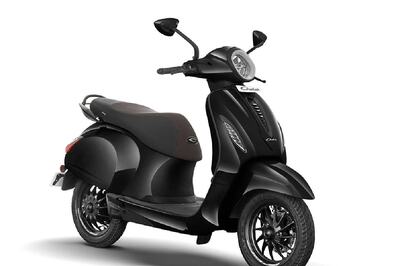


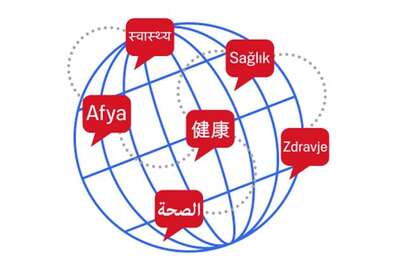
Comments
0 comment